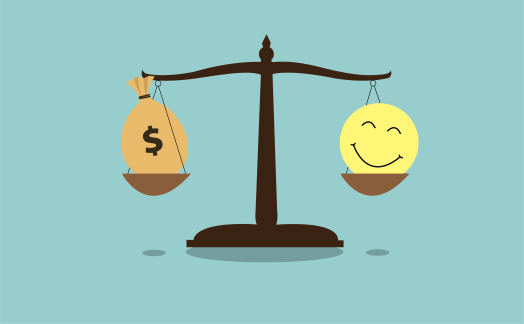The “spend everything” approach:
One of the main financial issues that most people care about. If earlier the answer to this question was unambiguous, now the answer to this question requires reasoning. We often find that most people choose to spend everything, saying that inflation will eat all the money anyway.

As a result, such people themselves deprive themselves of the opportunity to receive passive income from investments and have a safety cushion.
Passive income, which helps to avoid inflation, unexpected situations, as well as start allowing yourself more expensive purchases. But saving on absolutely everything for the sake of aimless savings is the same useless approach.
Let’s take a look at the pros and cons of both approaches in order to understand where it would be good to save and postpone, and where it is not worth saving, since the miser pays twice.
Pros:
- It really saves money that is dead weight and not invested from inflation. The only question is – are you really saving money? Let’s talk about this in cons.
Minuses:
- The approach does not really avoid inflation. Money is spent on things or travel that are depreciated, obsolete and thrown away and not converted into income.
Saving it all:
Pros:
- There is a financial safety cushion in case of emergencies. The likelihood of easily going through any financial twists and turns increases.
- The correct financial habit of “saving” appears. In our courses, we devote a lot of time to forming the right financial habits, since this is the basic step for developing financial skills and the first step to personal capital.
Investing is pointless without the right financial habits. Investing is discipline, accurate calculation and the same correct financial habits.

Minuses:
- Are you surprised? Yes, the disadvantages of this approach are obvious. A person who puts aside everything that he earns and saves on everything deprives himself of the opportunity to live a high-quality and comfortable life. Time goes by and you can’t turn it back.
By the way, on the Easy Money course we analyze a similar life situation, when a family has been saving up for something for decades, denying themselves everything, and we give techniques to help avoid such an ending.
Let’s summarize. Obviously, there are pros and cons to both approaches. But the “save” approach is still in the lead, since it has more advantages.
How to find a balance and be able to spend on necessary things and save:
- First, stop wasting everything if you are doing it now. We advocate for our students to save money. You don’t need to put off all or half of it. It is not difficult to allocate 10% of your income. If you find it difficult to do this, set aside a fixed amount once a day. By the way, we do the same ourselves, and this is how our closed financial club was born (You can get there after the Game) . The club has a mechanism to which you report that you have saved money, and, as a coach, sends messages if you suddenly do not report about “training”.
- How to choose what is worth spending on and what not. Start recording your expenses, analyze them and look in which categories you can save. What categorically cannot be saved on is health, safety and what is considered an investment.
- Calculate how to avoid inflation. Study literature, articles from our blog (by the way, we have a section with recommended books), take courses on financial literacy finally. The simplest financial instruments make it easy to avoid inflation. Invest in yourself, in your additional education or a new profession, something that will bring you additional income in the future is also an investment and something that does not depreciate so much with inflation.
